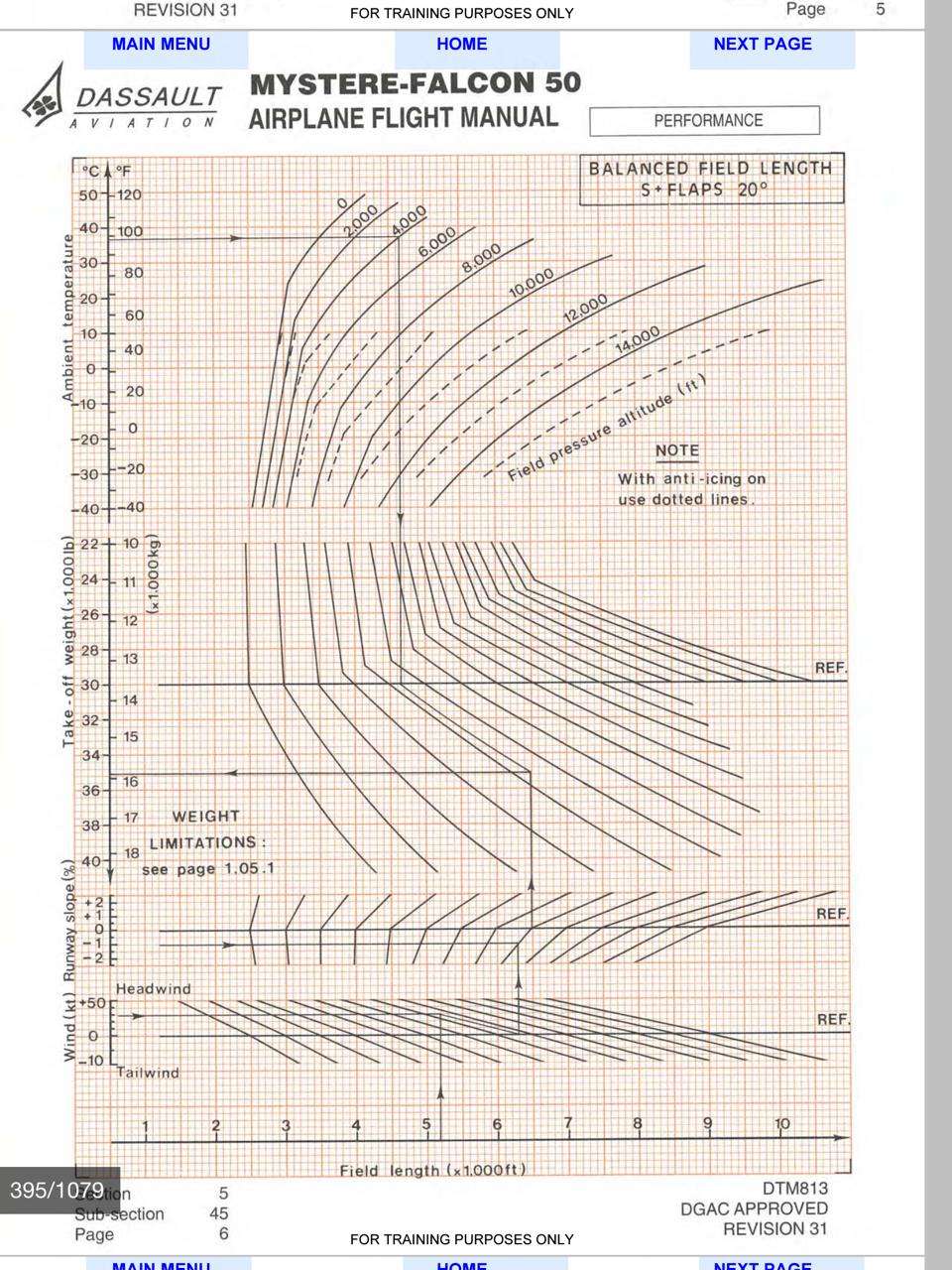I had an experience that has been bothering me. I hope this community might be able to provide me a little feedback on the incident and my actions as PIC.
I have about 220 hours in the C172S, and fly out of John Wayne KSNA in busy SoCal. Last week a friend and I intended to fly from KSNA to Montgomery Field KMYF in San Diego. 65 miles down the coast. Flown it dozens of times.
Run-up was normal, except for a left mag that dropped just a little more than 50 rpm of the right mag. It was so minor I attributed the excess drop to tach needle fluctuations.
Take-off roll was not normal. Usually the speed will creep up to about 40 KIAS, then rapidly accelerate to rotation 55 knots. It crept all the way up to 55 KIAS, no rapid acceleration. By this time I was very close to a point of committing on the runway, airspeed was alive, so I rotated.
I was only able to climb 200-300 fpm at 70 KIAS, when normally I can easily climb 600 fpm at 79 KIAS. Straight and level I could only achieve 80 KIAS.
While a normal full throttle on the aircraft yields about 2500 RPM, I was only getting 2200-2300 RPM maximum.
Throttle was full. Mixture rich. Both mags on. Oil temp and pressure in green. Positive fuel flow indicated. Both fuel tanks selected.
At 7 miles southwest of KSNA, on the coastline, we were at 2,500 MSL and struggling to climb any further. I went through the checklist about a dozen times to make sure it was not something I was or was not doing. However I could find nothing that I was doing wrong. Looking back the only thing I could think of is trying the electrical fuel pump. However I don’t think that would have made any difference. Fuel flow was positive. I don’t think I had fouled plugs, either. That would have cleared up on climb-out.
I called SoCal on the radio and requested a turn-back to the airport. I got a little rushed on my first approach, turned base too early and was too high and fast. I managed a go-around and landed without incident.
In hindsight I am wondering if that run-up discrepancy on the left mag should have told me something was wrong, or the sluggish take-off roll. Chances are I could have safely aborted, but I continued.
I filled out a maintenance squawk when I returned the aircraft (rental). I have not called them to ask what the A&P found, because I fear them telling me they found absolutely nothing.
Thoughts?
I have about 220 hours in the C172S, and fly out of John Wayne KSNA in busy SoCal. Last week a friend and I intended to fly from KSNA to Montgomery Field KMYF in San Diego. 65 miles down the coast. Flown it dozens of times.
Run-up was normal, except for a left mag that dropped just a little more than 50 rpm of the right mag. It was so minor I attributed the excess drop to tach needle fluctuations.
Take-off roll was not normal. Usually the speed will creep up to about 40 KIAS, then rapidly accelerate to rotation 55 knots. It crept all the way up to 55 KIAS, no rapid acceleration. By this time I was very close to a point of committing on the runway, airspeed was alive, so I rotated.
I was only able to climb 200-300 fpm at 70 KIAS, when normally I can easily climb 600 fpm at 79 KIAS. Straight and level I could only achieve 80 KIAS.
While a normal full throttle on the aircraft yields about 2500 RPM, I was only getting 2200-2300 RPM maximum.
Throttle was full. Mixture rich. Both mags on. Oil temp and pressure in green. Positive fuel flow indicated. Both fuel tanks selected.
At 7 miles southwest of KSNA, on the coastline, we were at 2,500 MSL and struggling to climb any further. I went through the checklist about a dozen times to make sure it was not something I was or was not doing. However I could find nothing that I was doing wrong. Looking back the only thing I could think of is trying the electrical fuel pump. However I don’t think that would have made any difference. Fuel flow was positive. I don’t think I had fouled plugs, either. That would have cleared up on climb-out.
I called SoCal on the radio and requested a turn-back to the airport. I got a little rushed on my first approach, turned base too early and was too high and fast. I managed a go-around and landed without incident.
In hindsight I am wondering if that run-up discrepancy on the left mag should have told me something was wrong, or the sluggish take-off roll. Chances are I could have safely aborted, but I continued.
I filled out a maintenance squawk when I returned the aircraft (rental). I have not called them to ask what the A&P found, because I fear them telling me they found absolutely nothing.
Thoughts?
Last edited:


